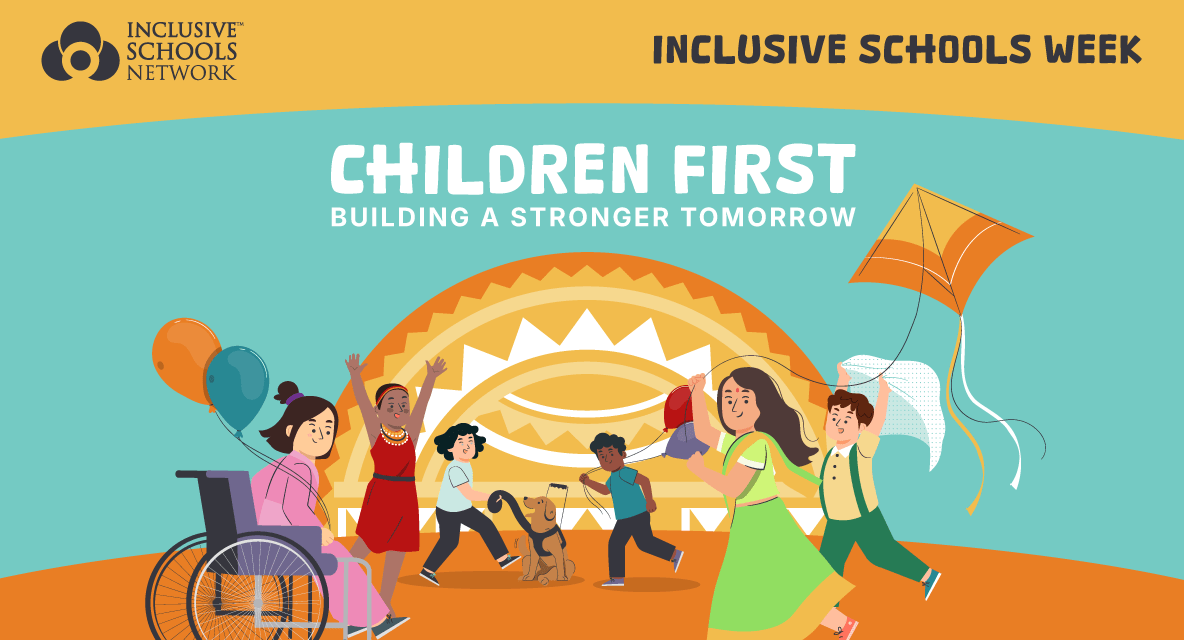The readers of this article have all likely experienced a ‘traditional’ exam setting. Rows of desks, pen and paper, and exam papers that are primarily constructed to test knowledge and recall of the course content. There is certainly some value to an exam paper that assesses a student’s knowledge, but ultimately, knowledge and recall represents a very narrow range of the skills actually needed in the modern world. Recognising this, the IB has taken an revolutionary look at assessment in the middle years, with the eAssessment.
Create Your Future!
Enrol now and start before the end of January to unlock BIG savings — enjoy registration and capital fee waivers!






